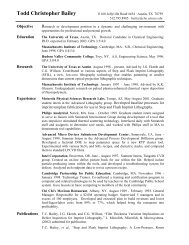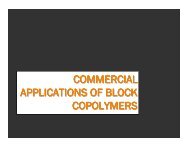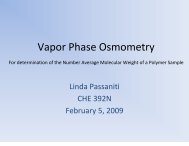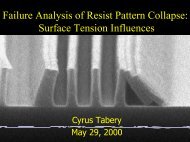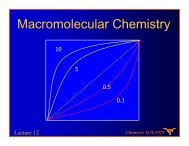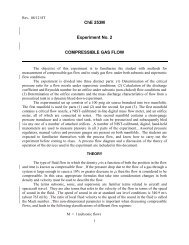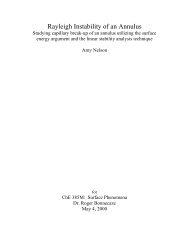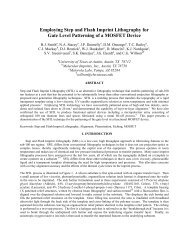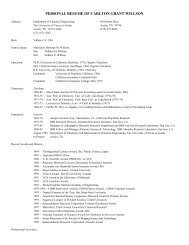Asymmetric fluid-structure dynamics in nanoscale imprint lithography
Asymmetric fluid-structure dynamics in nanoscale imprint lithography
Asymmetric fluid-structure dynamics in nanoscale imprint lithography
- No tags were found...
You also want an ePaper? Increase the reach of your titles
YUMPU automatically turns print PDFs into web optimized ePapers that Google loves.
an overlay scheme <strong>in</strong> multi-layered circuits. High temperatures and pressure canlead to technical difficulties <strong>in</strong> accurate overlay for multi-layered circuits.SFIL uses no projection optics and, as with other impr<strong>in</strong>t processes, onecould best describe SFIL as a micro-mold<strong>in</strong>g process. The traditional photomaskhas been replaced by a topographical template, which conta<strong>in</strong>s the circuit patterngenerated by direct write E-beam <strong>lithography</strong>. The template acts as the masterpattern for the etch barrier layer. The key difference between SFIL and otherimpr<strong>in</strong>t <strong>lithography</strong> techniques is the use of the liquid etch barrier layer. The etchbarrier layer is a low viscosity, photopolymerizable formulation conta<strong>in</strong><strong>in</strong>gorganosilicon precursors [Colburn et al 1999]. This low viscosity elim<strong>in</strong>ates theneed for high temperatures and pressures to achieve the th<strong>in</strong> films desired forpattern<strong>in</strong>g. Figure 1.2 illustrates the SFIL process.(Step 1) First, an organic transfer layer is sp<strong>in</strong>-coated on a silicon wafer.This transfer layer adheres to both the silicon wafer and etch barrier layer andfunctions as a planarization layer dur<strong>in</strong>g impr<strong>in</strong>t<strong>in</strong>g while provid<strong>in</strong>g high etch rateselectivity dur<strong>in</strong>g the device etch step. (Step 2) Next, a quartz template bear<strong>in</strong>gthe relief image of the circuit is brought <strong>in</strong>to proximity of the transfer layer andwafer. The template must be easily wetted by the etch barrier solution, and itmust easily release the polymerized etch barrier once it has been exposed. Inorder to fulfill these requirements, the template is treated with a release layer tomodify its surface chemistry. (Step 3) Once the template is brought near thewafer, a micro-<strong>fluid</strong>ic dispens<strong>in</strong>g system dispenses a specific pattern of thephotopolymerizable, organosilicon etch barrier <strong>fluid</strong>. The <strong>fluid</strong> the fills the gapbetween the template and transfer layer via a squeeze film effect and capillaryaction.9



